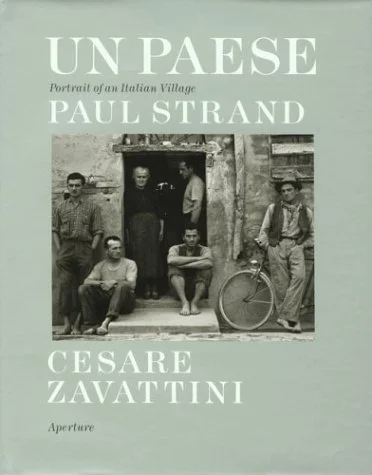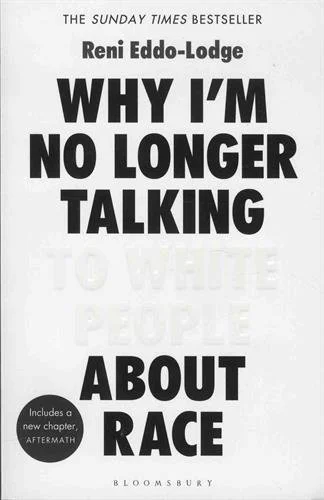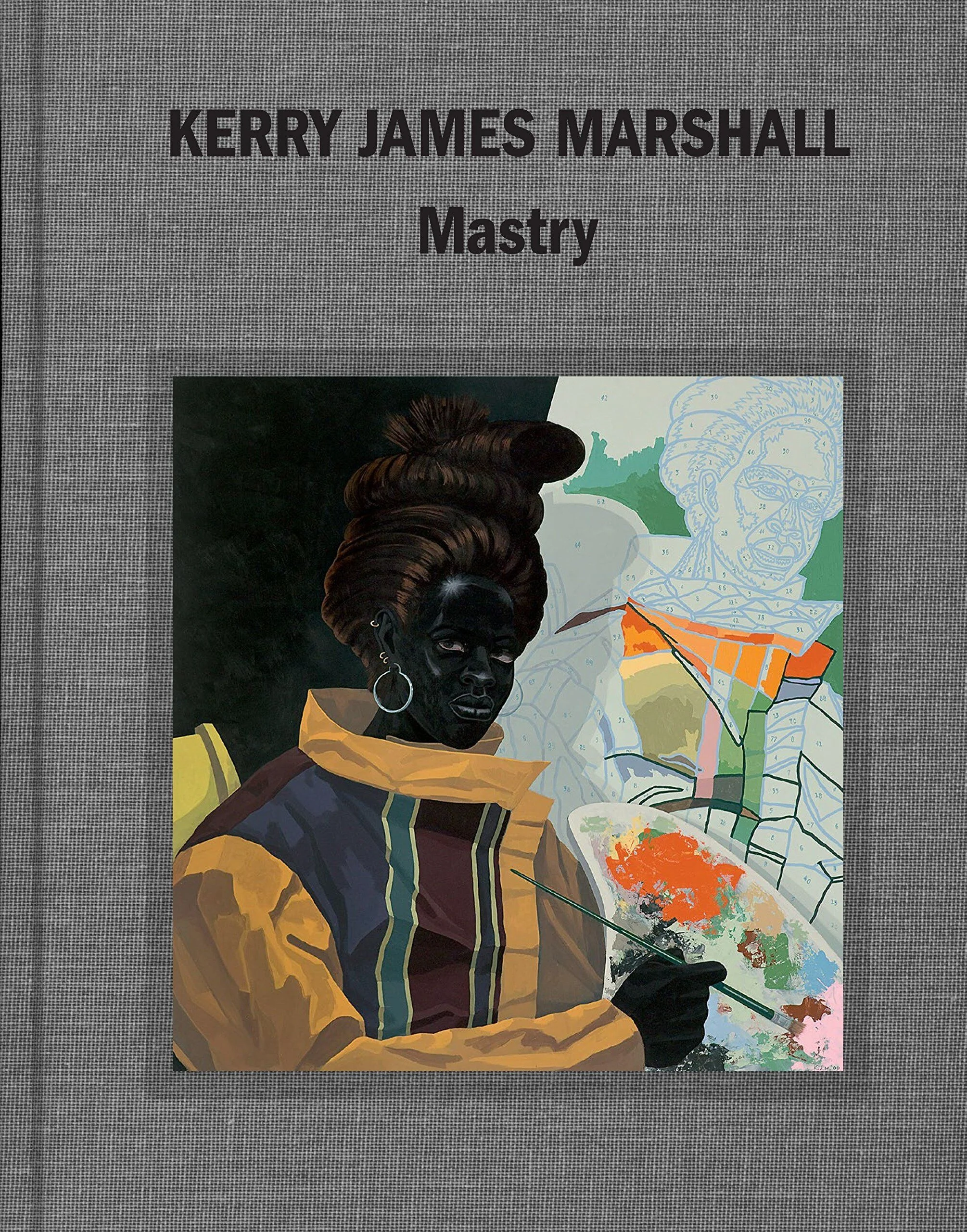Un Paese: Portrait of an Italian Village, by Paul Strand
Why?
“I like the way this one is about a place. The idea of a place always was something that appealed to me. About 10 years ago, I embarked on a project modeled after this, in India. My dad comes from an Indian village, so I had access to it in a way that was not just a professional, journalistic way. I could just hang out there. I began to document it, trying to describe something without being judgmental about it.
People look at Asia as a kind of economic powerhouse, but they aren't interested in the villages. They're interested in the towns and the IT part of things. There's not much general interest in an Indian village anymore. I kept looking at it and when I saw this place, I went back to live in India, and I thought, "nobody is looking at rural India, and it's half the country.” Anyways, I did it. I'm sitting on it. Maybe there will be a chance to show it somewhere one day. But it was inspired by this book directly.”
Read More
- Sunil Gupta, Photographer




















